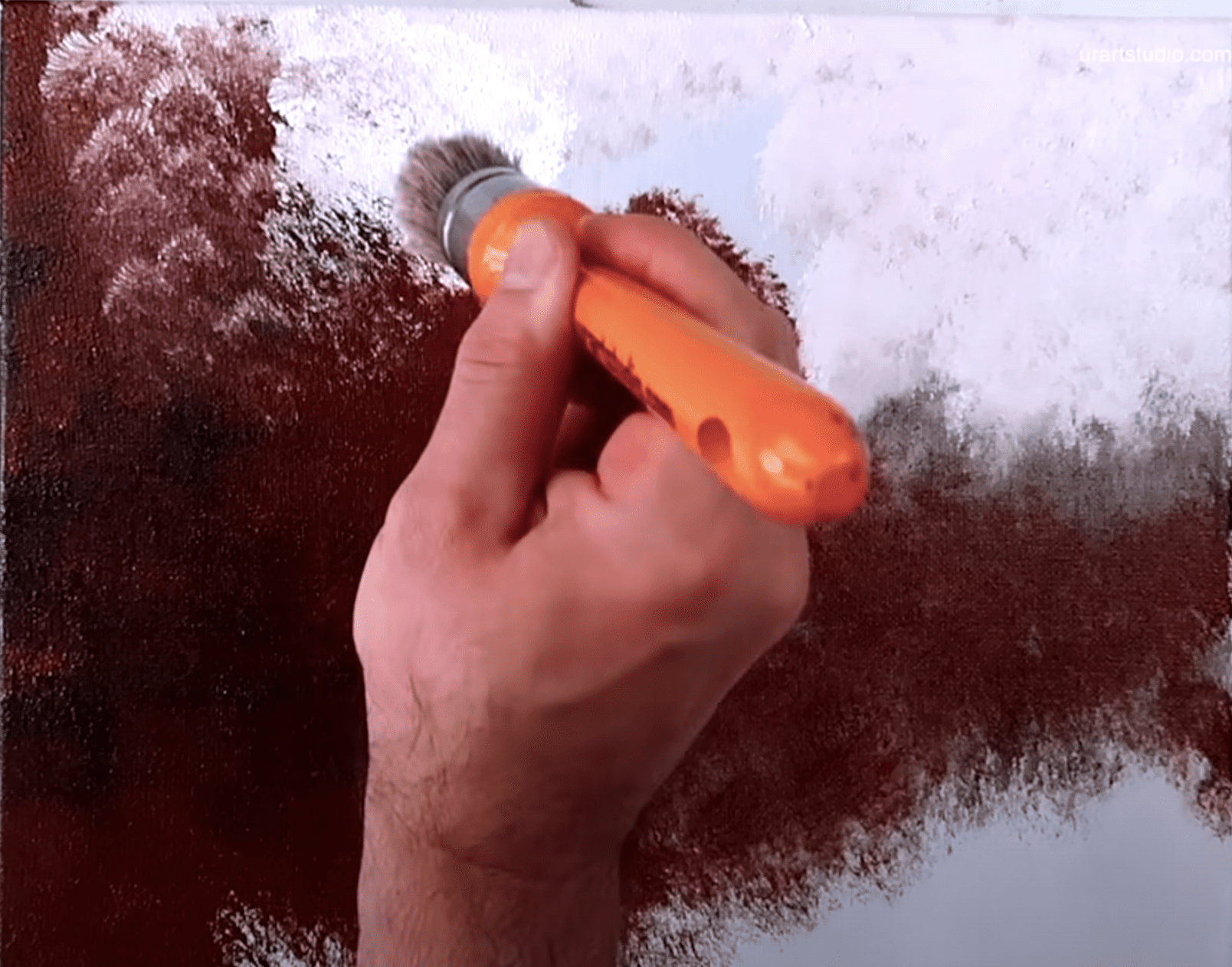Acrylic painting offers boundless opportunities for creative expression, and one often-overlooked way to unlock new effects is by experimenting with brush angles. How you hold and angle your brush can dramatically change the marks you make, enabling everything from crisp edges to sweeping blends and intricate textures. Delving into brush angles is a fun and empowering way to break routine, break up the monotony of straightforward strokes, and infuse your landscapes with fresh energy.
Why Brush Angles Matter in Acrylic Painting
While paint quality and brush type get a lot of attention, brush angle is just as influential in shaping the look and feel of your work. The orientation of your brush to the canvas affects stroke width, edge sharpness, paint load, and overall texture. Layering different angled strokes creates dimension, movement, and visual interest—essential elements for bringing landscapes to life.
Techniques for Using Different Brush Angles
1. Flat Angle (Parallel to Canvas)
- Effect: Soft, broad strokes with a gentle transition.
- How to use: Hold your brush almost flat against the canvas for covering large areas with thin washes—ideal for skies, water reflections, or atmospheric backgrounds.
2. Vertical Angle (Perpendicular to Canvas)
- Effect: Crisp, controlled marks and defined shapes.
- How to use: Hold your brush straight up-and-down. Using the tip, you can make fine lines for branches, grass blades, or distant tree trunks.
3. Edge Rolling and Twisting
- Effect: Dynamic variations within a single stroke.
- How to use: Start your stroke on the brush’s edge, then roll or twist while you paint—great for painting flower petals, rocks, or curling waves.
4. Sideways Dragging
- Effect: Broken, textural marks and layered highlights.
- How to use: Drag just the side or corner of your brush across the canvas, especially effective with a dry-brush technique. Try this for bark, foliage, or rugged terrains.
5. Diagonal and Chisel Angles
- Effect: Clean lines, precise highlights, and directional movement.
- How to use: Angle an angular or flat brush so only the pointed tip contacts the surface. This delivers sharp edges for architectural elements, fence posts, or sunlit edges of clouds.
Brushes That Pair Well with Angled Techniques
- Angular Brushes: Their slanted bristles are designed for flexible use—excellent for crisp edges, tight corners, and dynamic directional strokes.
- Flat Brushes: Perfect for laying down wide swaths yet also great for sharp-edged and flat-angled techniques.
- Filbert Brushes: Their curved shape creates softer variations when rotated and used at different angles, ideal for natural transitions and organic shapes.
- Fan Brushes: Offering unique textural marks when used flat, edge-on, or with a flicking motion.
- Detail or Liner Brushes: For precision work, their fine tips make them ideal for perpendicular or slightly angled marks.
Tips for Incorporating Angled Brushwork into Your Landscape Paintings
- Build Layers with Intention: Start backgrounds with wide, flat brush angles, then transition to sharper angles for defining foreground elements and adding details.
- Vary Your Angles for Interest: Use a combination of brush angles in foliage—side dragging for textured underlayers and perpendicular strokes for adding sharp leaves or blades of grass.
- Mix Stroke Directions: Try alternating between horizontal, vertical, and diagonal strokes, letting the landscape’s contours guide your hand for natural movement.
- Highlight Light Direction: Use angled strokes to suggest sunlight on trees, water, or rocks by applying lighter color at the appropriate angle.
- Practice on Scrap Paper: Experiment with each brush and angle before committing to your landscape, observing how angle changes the character of your mark.
Conclusion: Take Your Acrylic Art Further by Embracing Brush Angles
Exploring brush angles opens up a new dimension of control and creativity in your acrylic painting process. From subtle gradations to energetic, expressive marks, how you angle your brush can be the difference between a static, flat surface and a landscape full of depth and movement. Don’t hesitate to step out of your comfort zone—experiment, play, and see what unique effects you can create!
Ready to try something new? Discover top-quality brushes—from angular to filbert—in the URARTSTUDIO art supply shop. For more painting strategies and project inspiration, visit our painting tips and acrylic tutorials. Every angle is a new possibility—let your brush lead the way!
Keywords: brush angles, acrylic painting techniques, landscape art, creative brushwork, URARTSTUDIO
#brushangles #acrylicpainting #paintingtechniques #landscapepainting #artisttips



Leave a Reply
You must be logged in to post a comment.